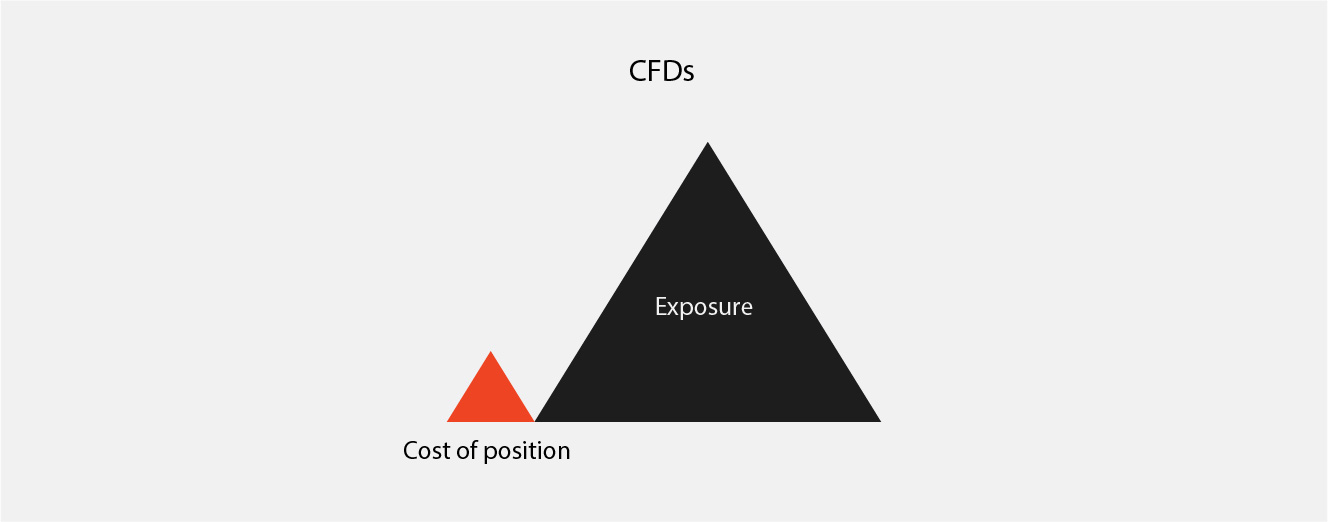
Determination of
What Determines Share Value?
Share prices are determined once a company decides to go public and its IPO (Initial Public Offering) is released. The company works with investment bankers who use intricate valuation techniques to evaluate how many shares can be offered and at what price.
After that initial offering, the shares are traded on the secondary markets such as the New York Stock Exchange (NYSE) or the Nasdaq. Here the value of the stocks depends on the supply and demand. Low supply and high demand raise the price of a share, while high supply and low demand lower it.
Dividend announcements can also influence the share price. If dividends are higher than expected, then share prices tend to increase and vice versa.
Economic booms, recessions, political environment, and market sentiments are several other factors that affect the value of shares.
What are Shares CFDs?
Sometimes shares are traded as CFDs (Contract for Difference). This means you don’t take ownership of the shares, but simply trade the price movements.
CFD trading enables you to speculate on price movements in either direction. So, while you can make a profit if a market rises, you can also open a CFD position that will profit as the market decreases in price. This is referred to as selling or ‘going short’ as opposed to buying or ‘going long’.
For example: If you think Google shares are going to fall in price, you can go short and sell a share CFD on the company.

